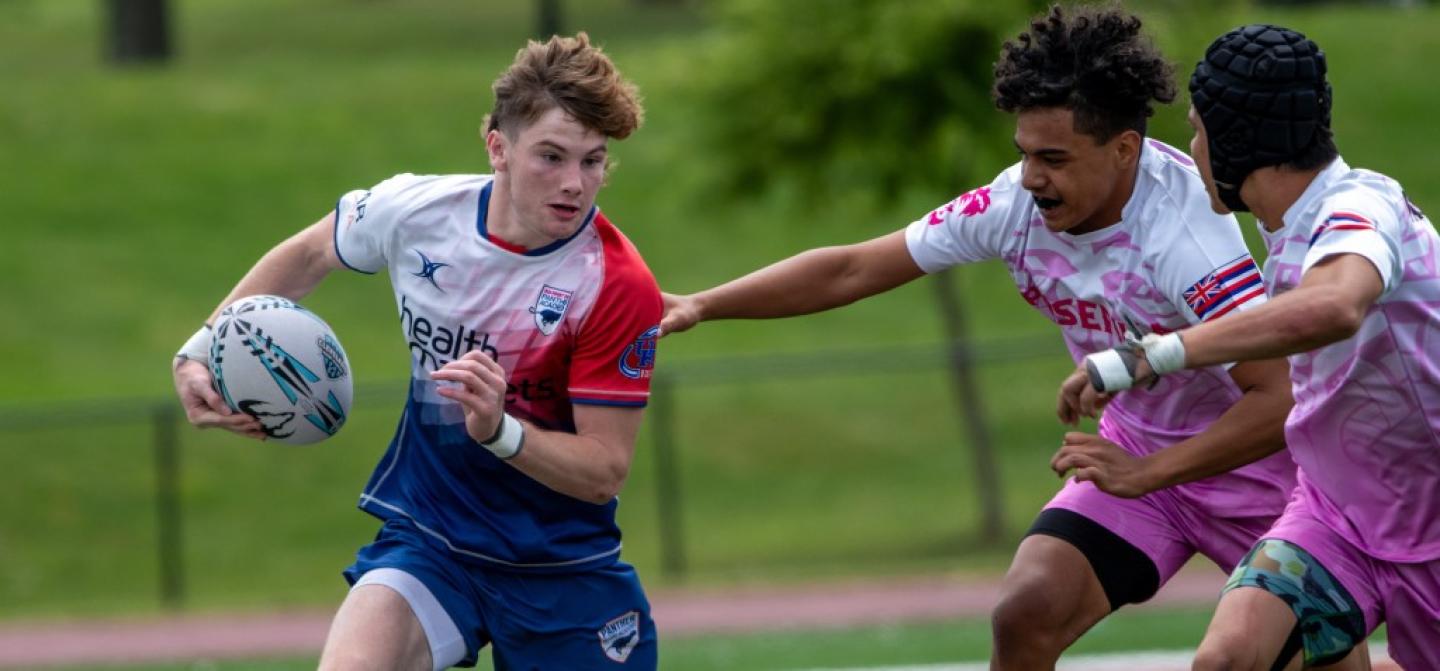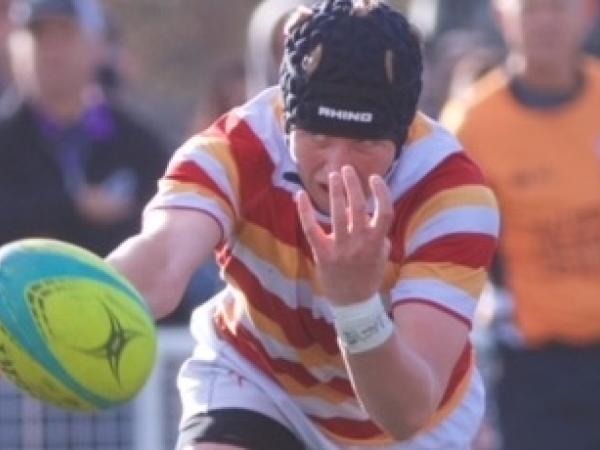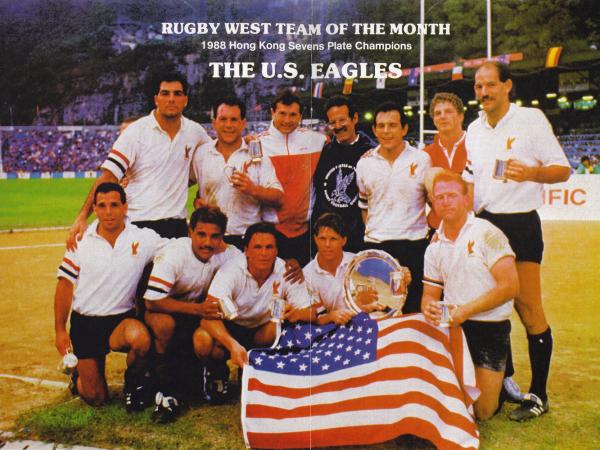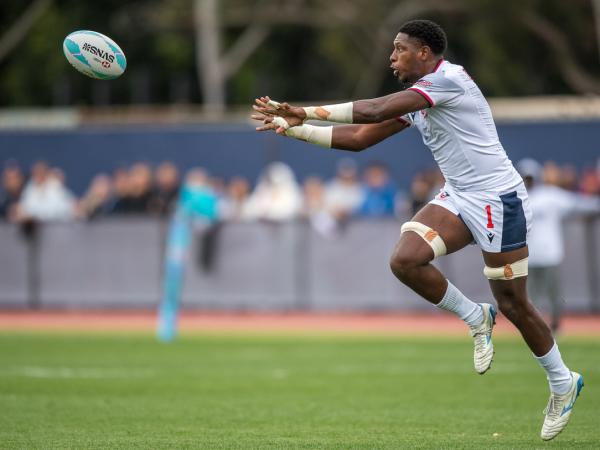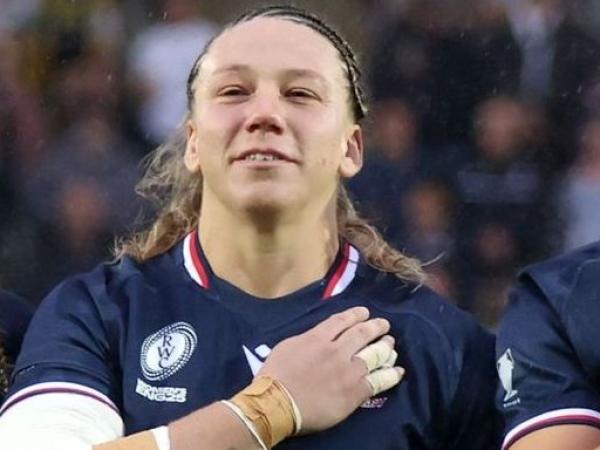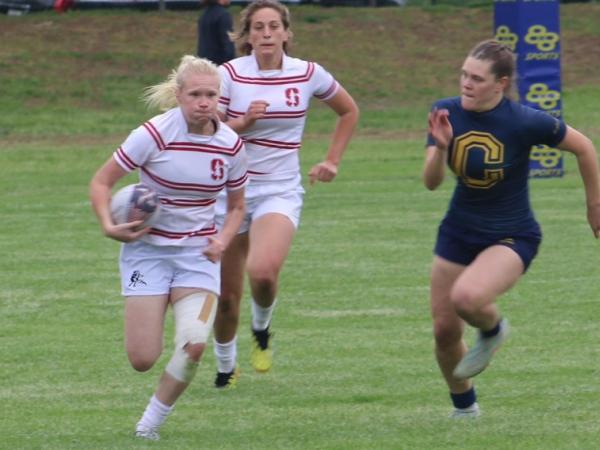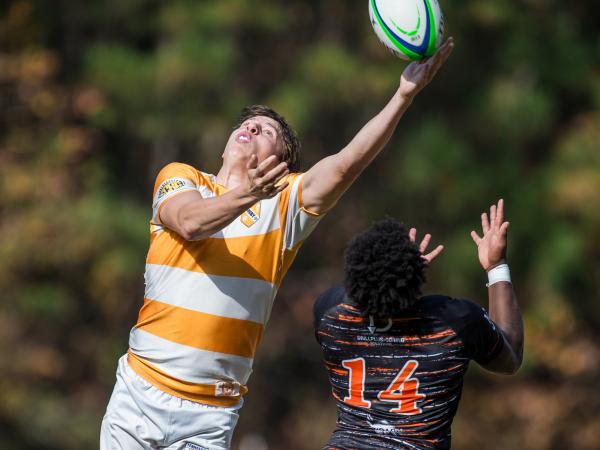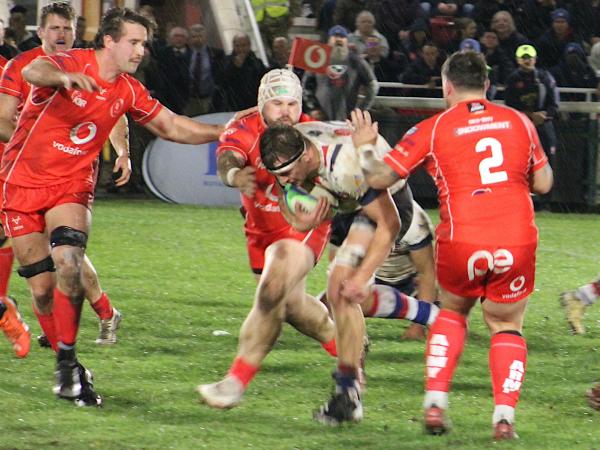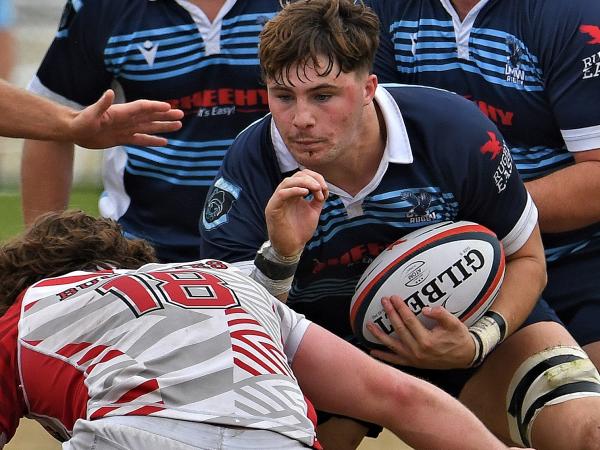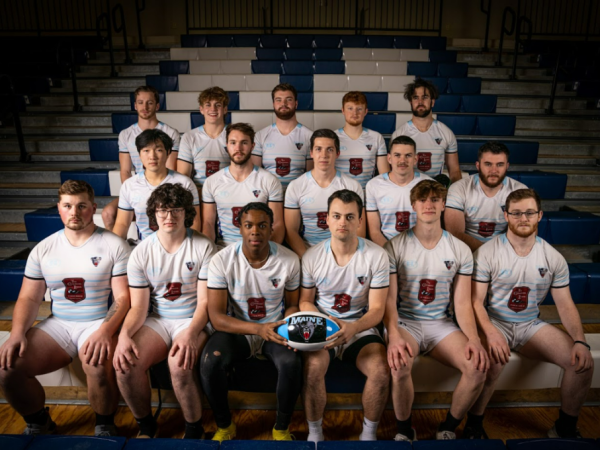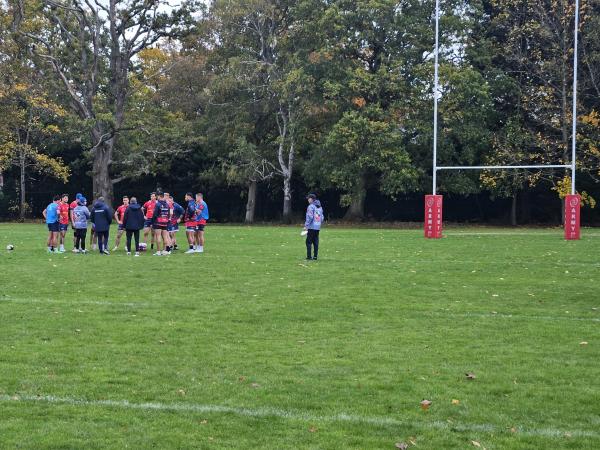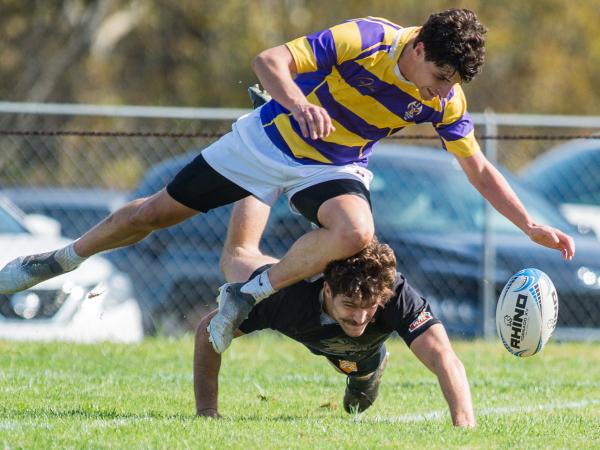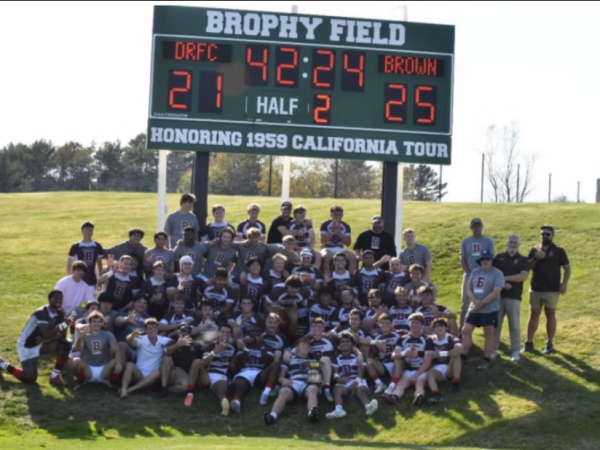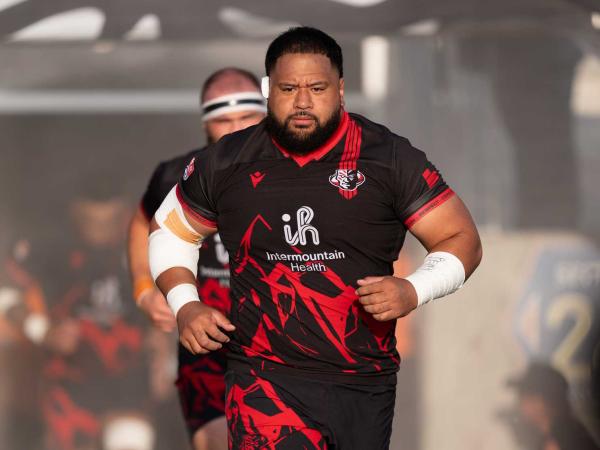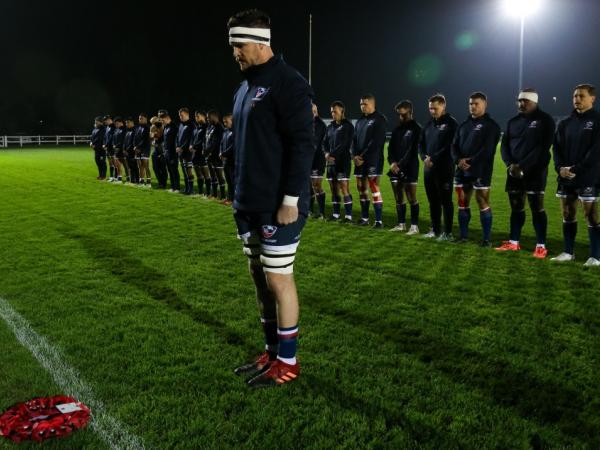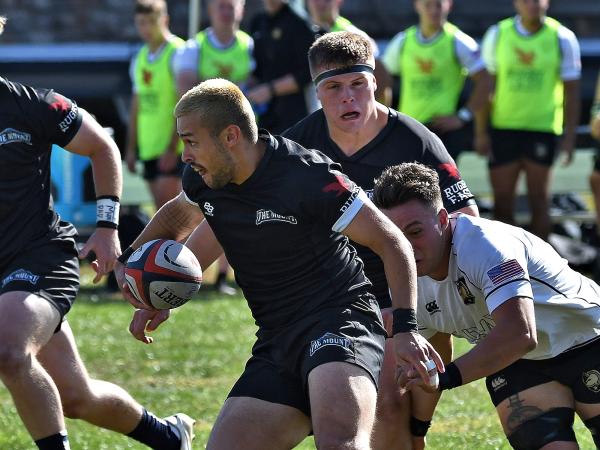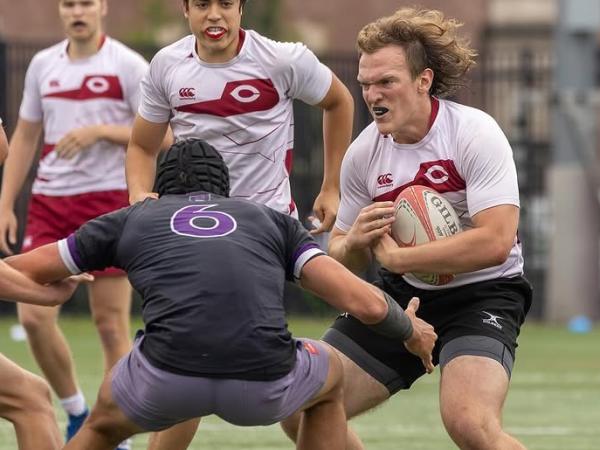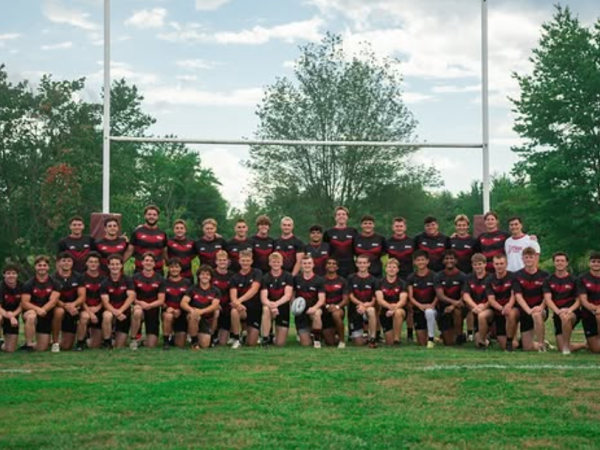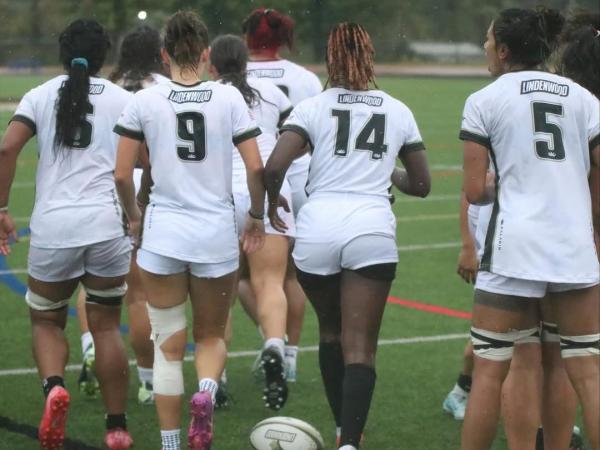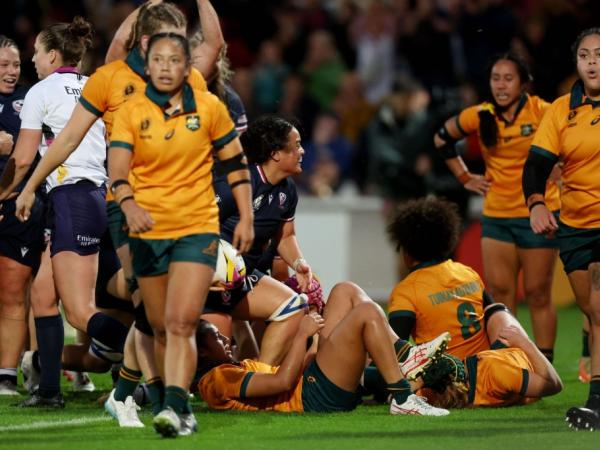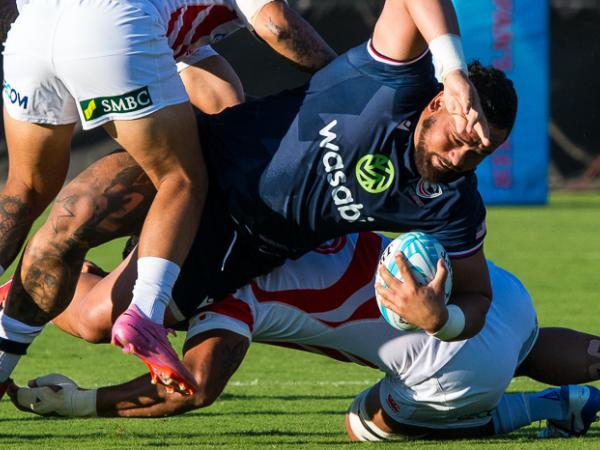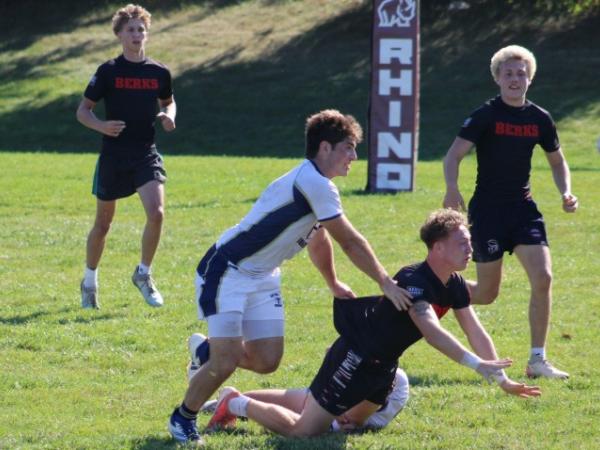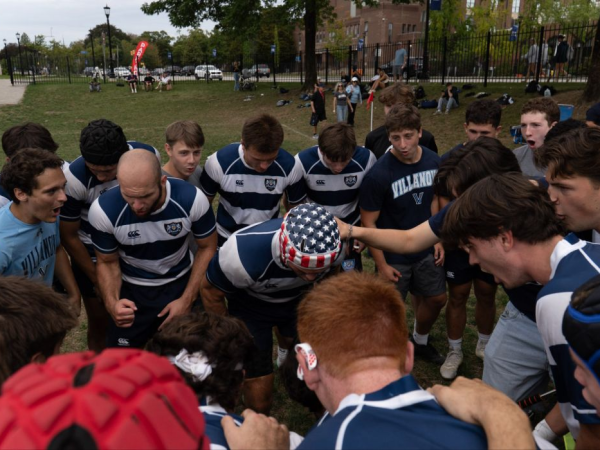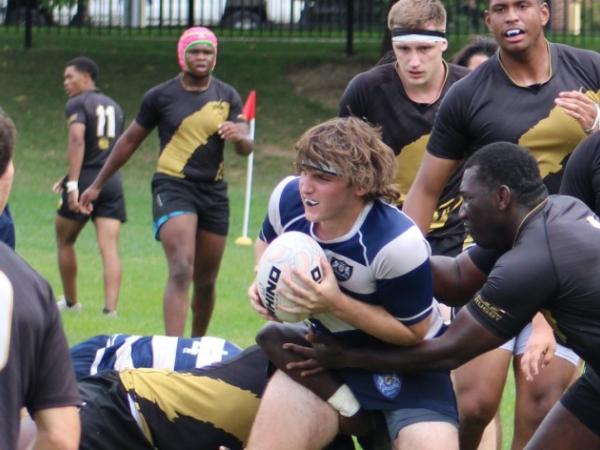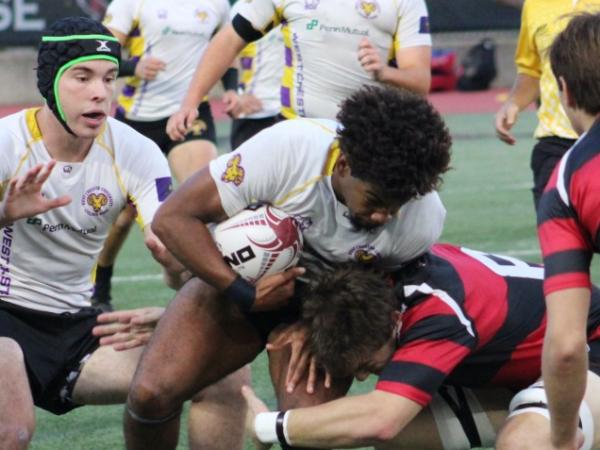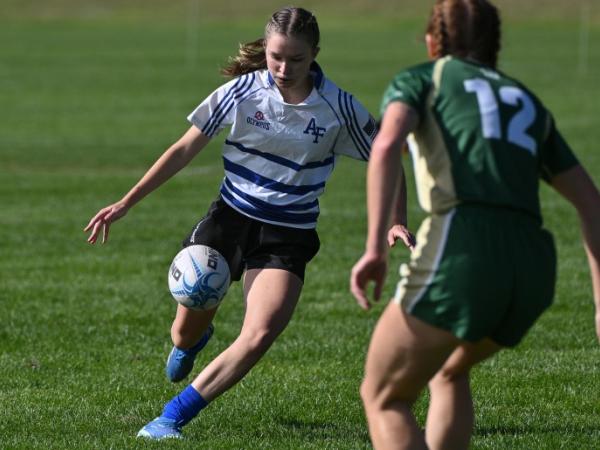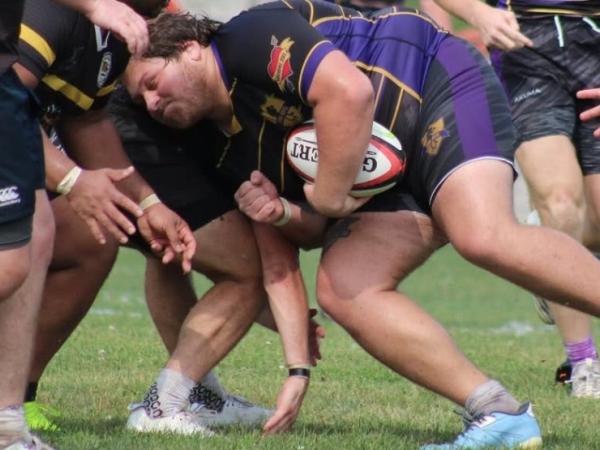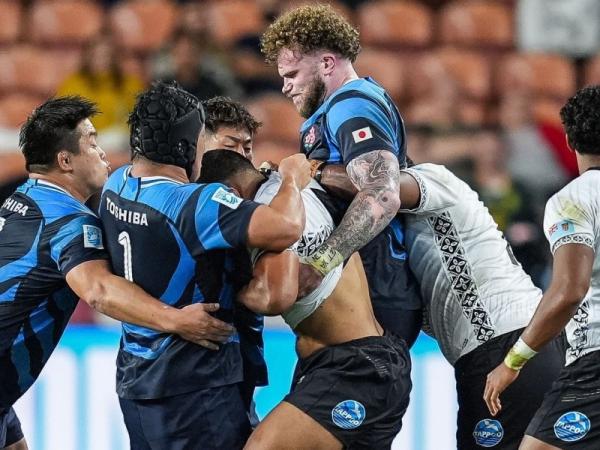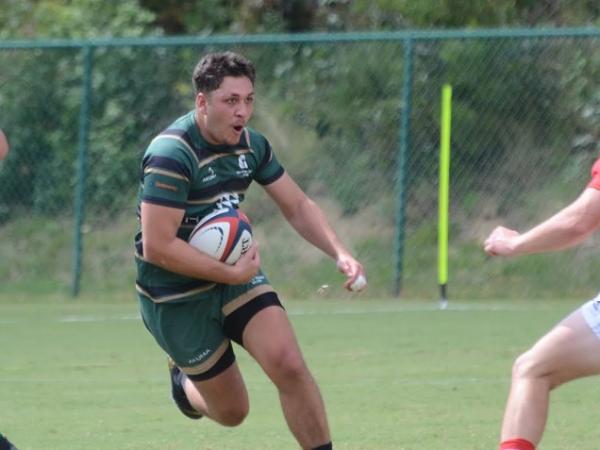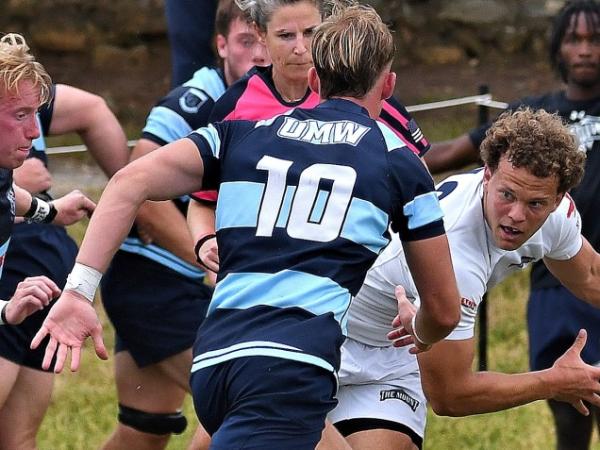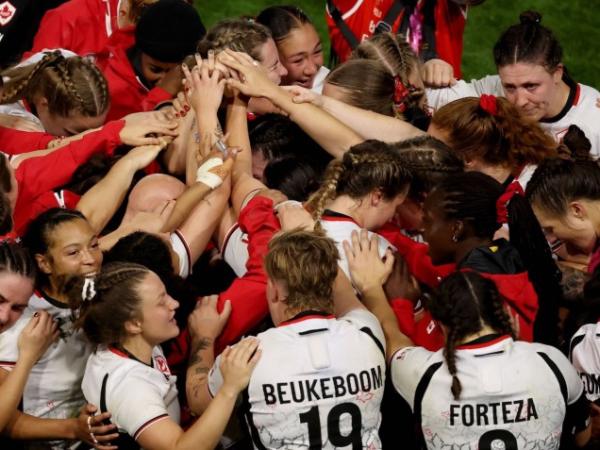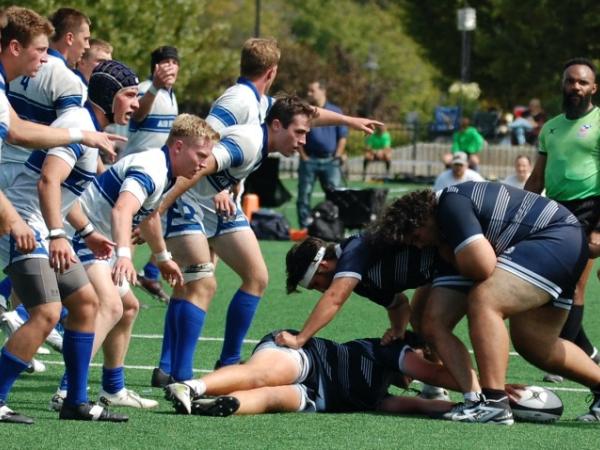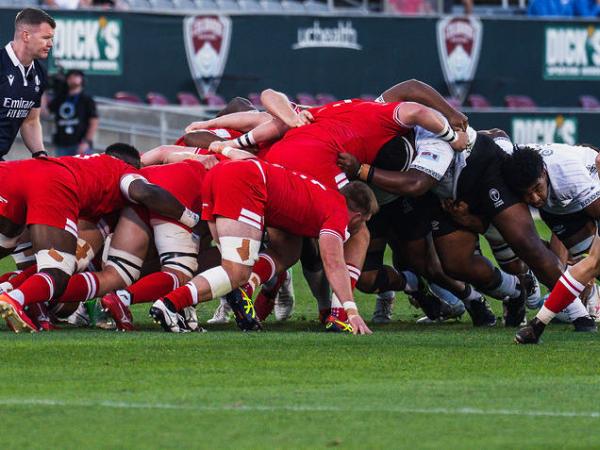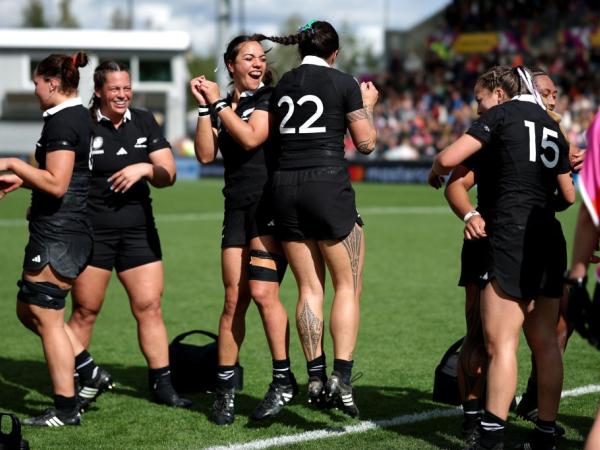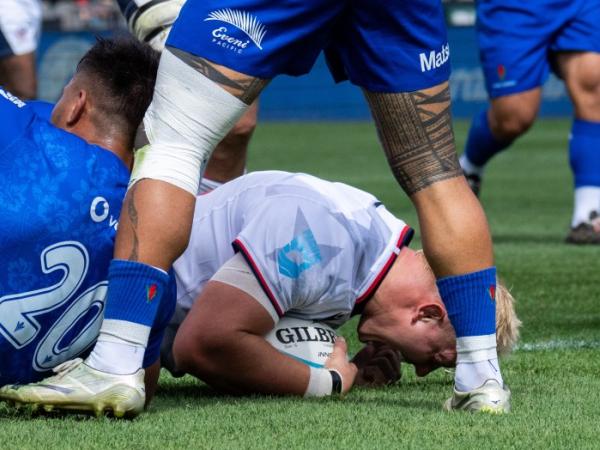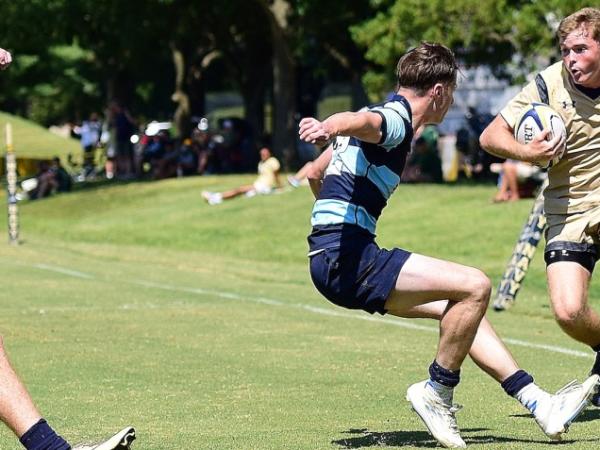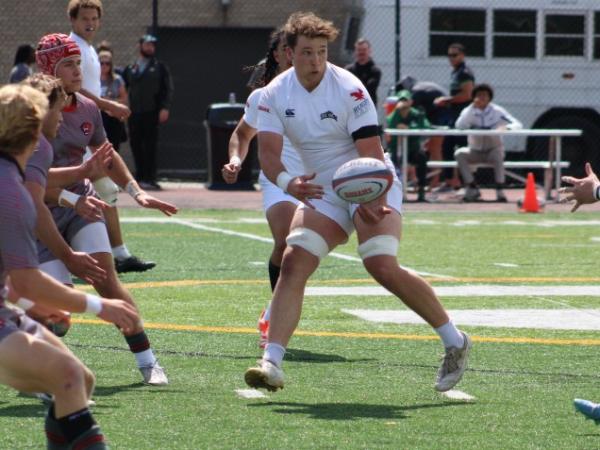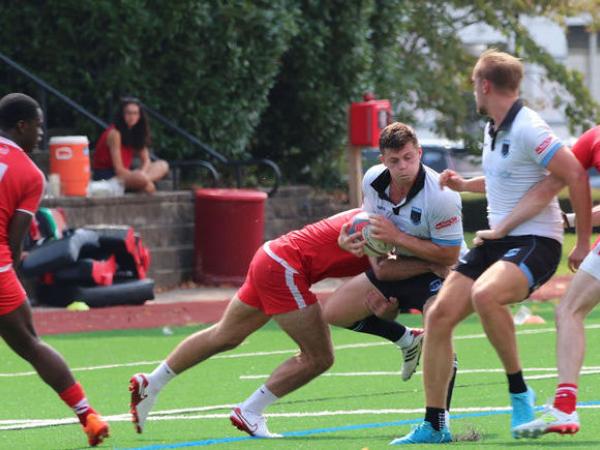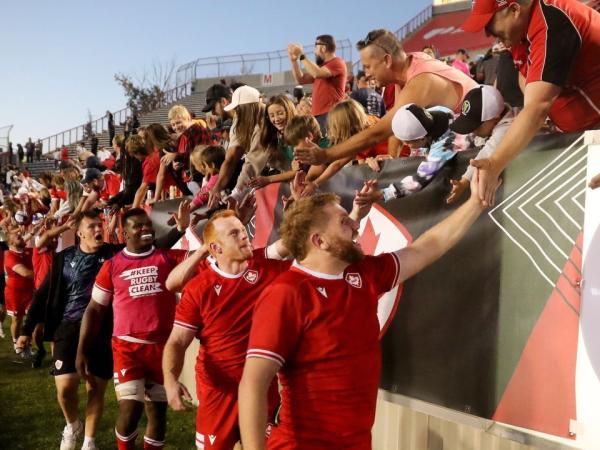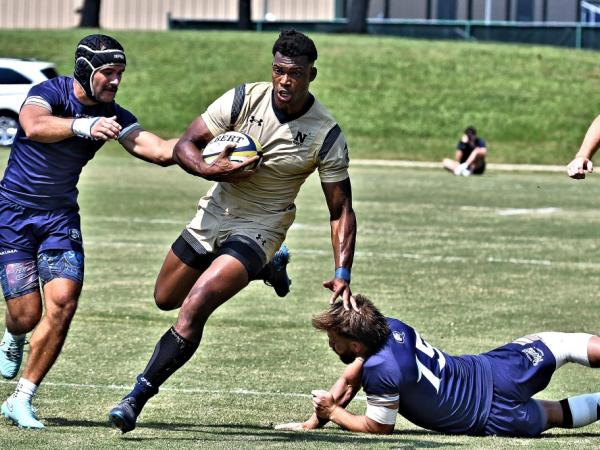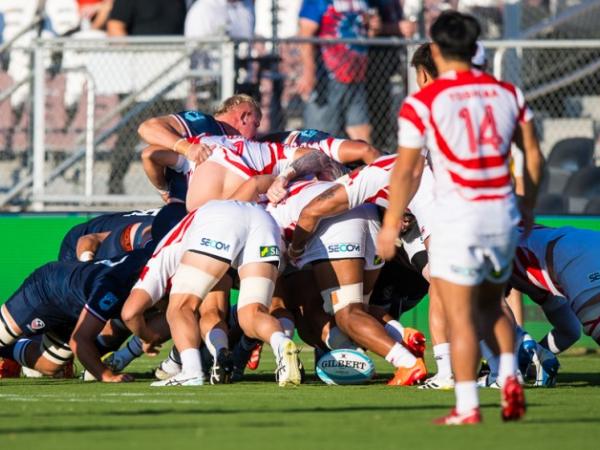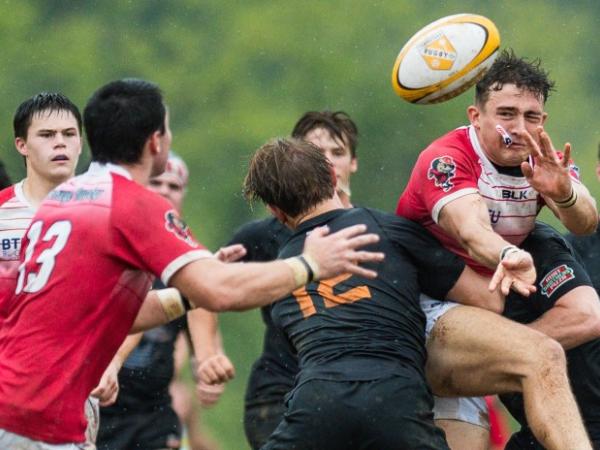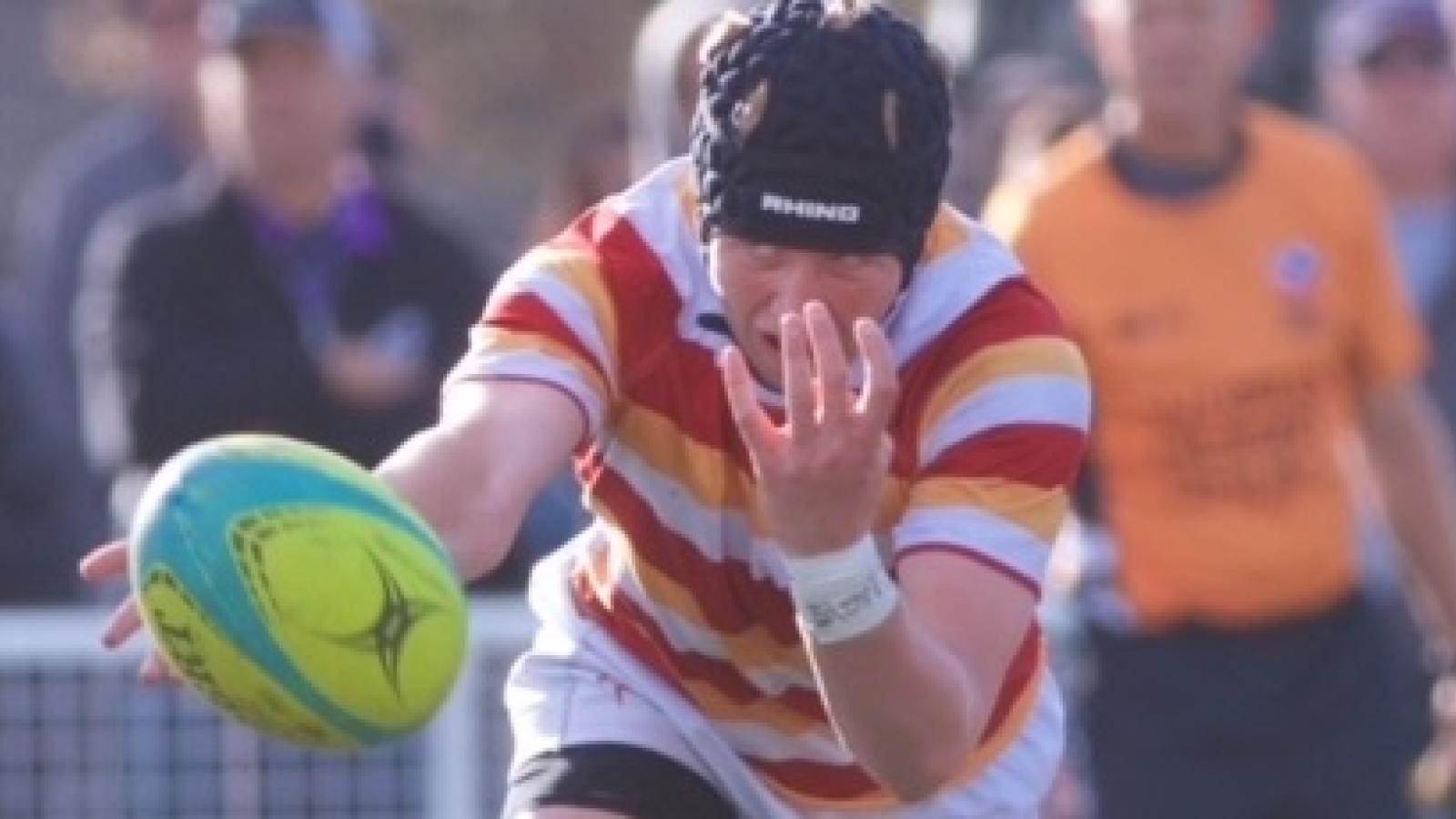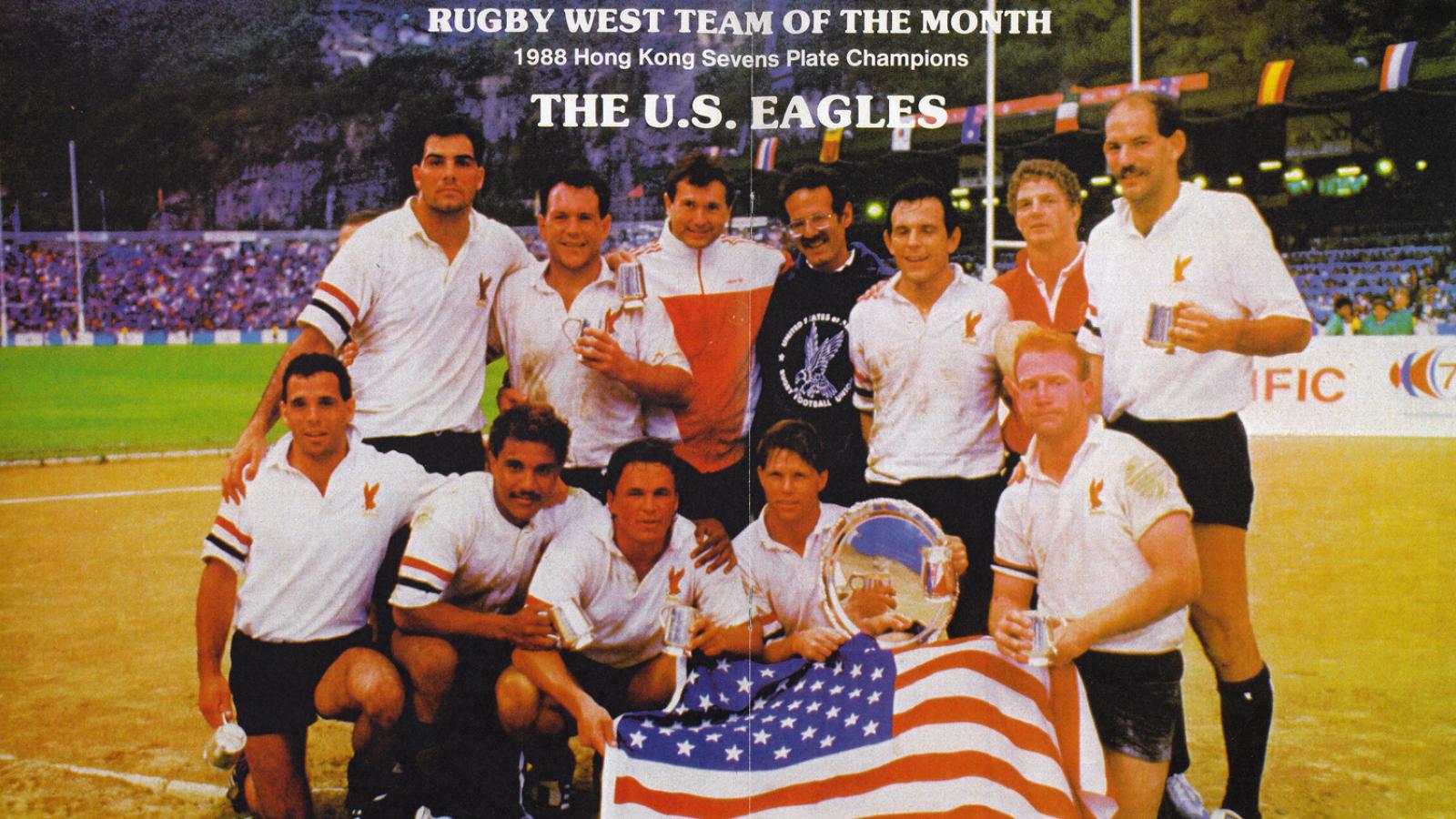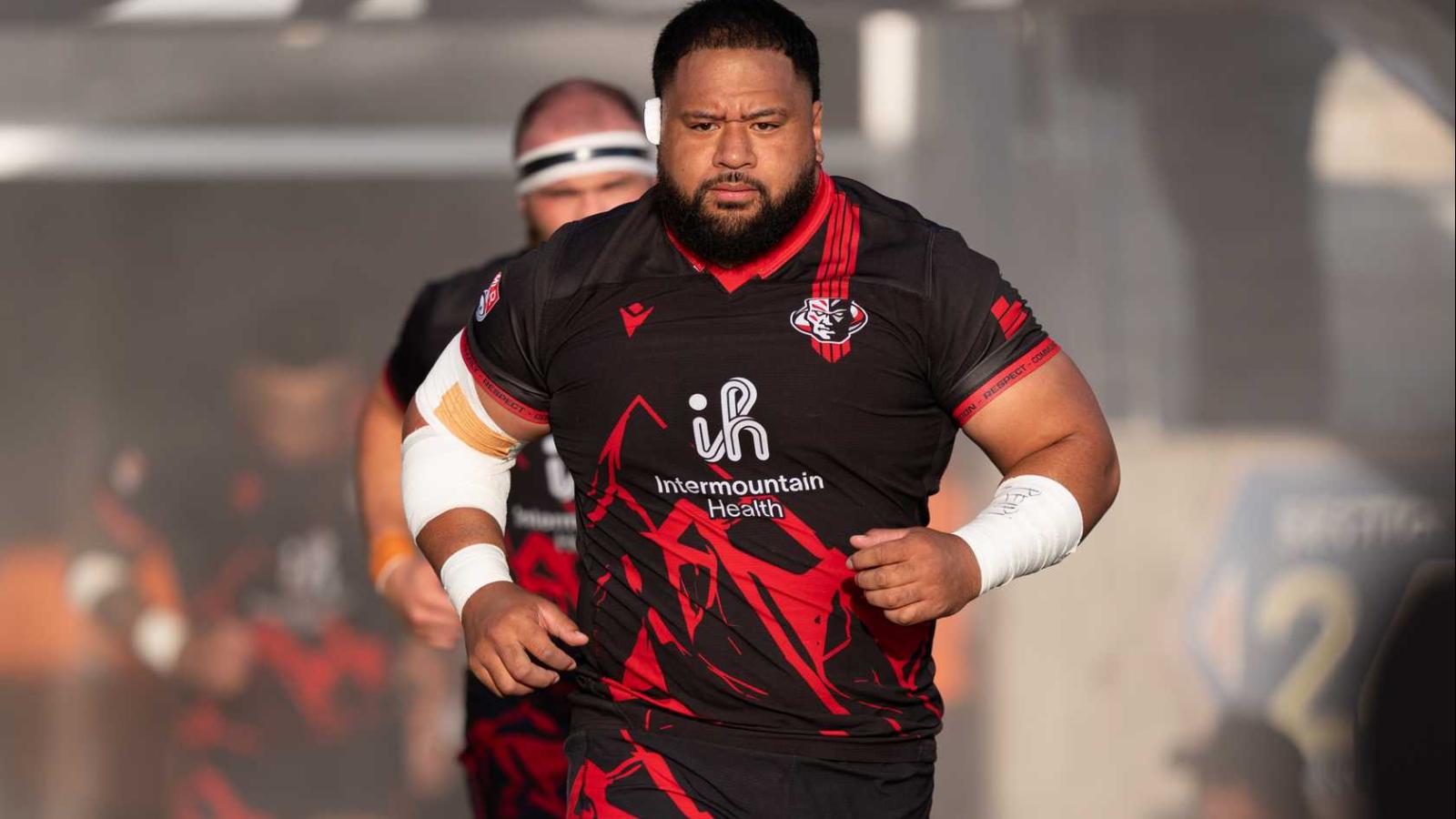The number of youth and high school players and coaches in the USA rose in the 2023-24 cycle, and one wonders if that growth will increase in the next cycle.
Fueled in part by a return to the idea that going outside is good, and in part by more regions getting back to normal post-COVID, registrations rose 12% to over 50,000.
Southern California, Northern California, Colorado, Indiana, Florida, Louisiana, and Hawaii all showed significant growth.
Increases were also seen in Montana, Washington, Texas, Pennsylvania, North Carolina, and Ohio. Some of these states showed big increases because their 2022-23 numbers were low (Louisiana and Montana) while others had solid numbers but are still increase—the big increase in Texas was in youth rugby, while in other states it was at the high school level.
USA Youth & High School Executive Director Giovanni Vaglietti said that the US Rugby Foundation helped drive that growth. Their New High School Fund, which complements the USAY&HS Ignite Club High School Fund, is helping ignite an expansion, he said, and helped fund new programs.
Overall, then, registrations were up 12%, with growth for kids aged 8-14 going up 15% and non-contact rugby going up 27%. So the mantra saying “start young and build from there” might actually be taking root.
Major League Rugby’s non-profit Imagine Rugby program has helped there as have other efforts from state organizations and other groups to introduce the game to kids in PE classes. According to Vaglietti 370,000 kids have played at least some rugby through Imagine Rugby.
RMA Podcast: The Rookie Rugby Cleveland Phenomenon
Conversion of those players to actual registered rugby players in ongoing competitions takes time. Key is to have those teams and coaches ready to go. There needs to be follow-up with the state/regional organizations, said Vaglietti—so the plan is to get into schools and PE classes, and then have the SROs follow up with structured competition.
Under Executive Director Nate Dalena, Rugby NorCal is reportedly seeing an 80% conversion rate from kids trying out rugby to them actually joining a competition.
“Look at the teams that do well at Boys High School Nationals,” said Vaglietti. “Many are clubs that focus first on recruiting young and developing coaches”
Charlotte Cardinals and Charlotte Tigers, Belmont Shore, San Diego Mustangs, and Woodlands are all that type of club. Single-school teams don’t quite have the same structure, but many that are successful are in regions with robust youth programs.





